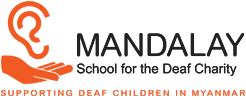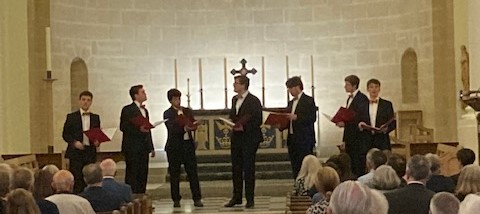Mandalay School for the Deaf Broadens its Geographical Scope
We are thrilled to be able to announce that the Charity Commission has agreed to us changing the objects of the Mandalay School for the Deaf charity to broaden its geographical scope.
The charity is no longer limited to working in Myanmar, where recent events have sadly made it impossible for us to work. We are now able to support projects in the region more generally, including Bangladesh, Cambodia, India, and Thailand. We hope to have news very soon of exciting new projects. Once again, a huge thank you to all our supporters.
Whilst our focus is on the deaf children and young people in Myanmar it is important to take a wider perspective. Myanmar is not alone in having very limited resources for deaf children. Of the 350 million deaf children worldwide, it is estimated that 80% of all children live in low and middle-income countries.
Whilst exact numbers are hard to come by it is also known that in many areas free schooling does not necessarily mean deaf children have access to education. Where parents have to pay for school uniforms, books and pens they also face the decision of which children to send to school. Deaf children are the most likely to be excluded, there is a pervading view that such children will gain little from education.
It is estimated that deaf children are three times more likely to be abused. Deaf children face challenges in trying to access any support from teachers, medical staff, or police services as communication skills will be basic and adults will be unable to communicate in home sign.
There may be local belief sets that work against the rights of deaf children. Education of both deaf children and wider society is needed if these children are to have any opportunity to meet their potential. In some areas, local innovation has made a huge difference but a vast amount remains to be done.





